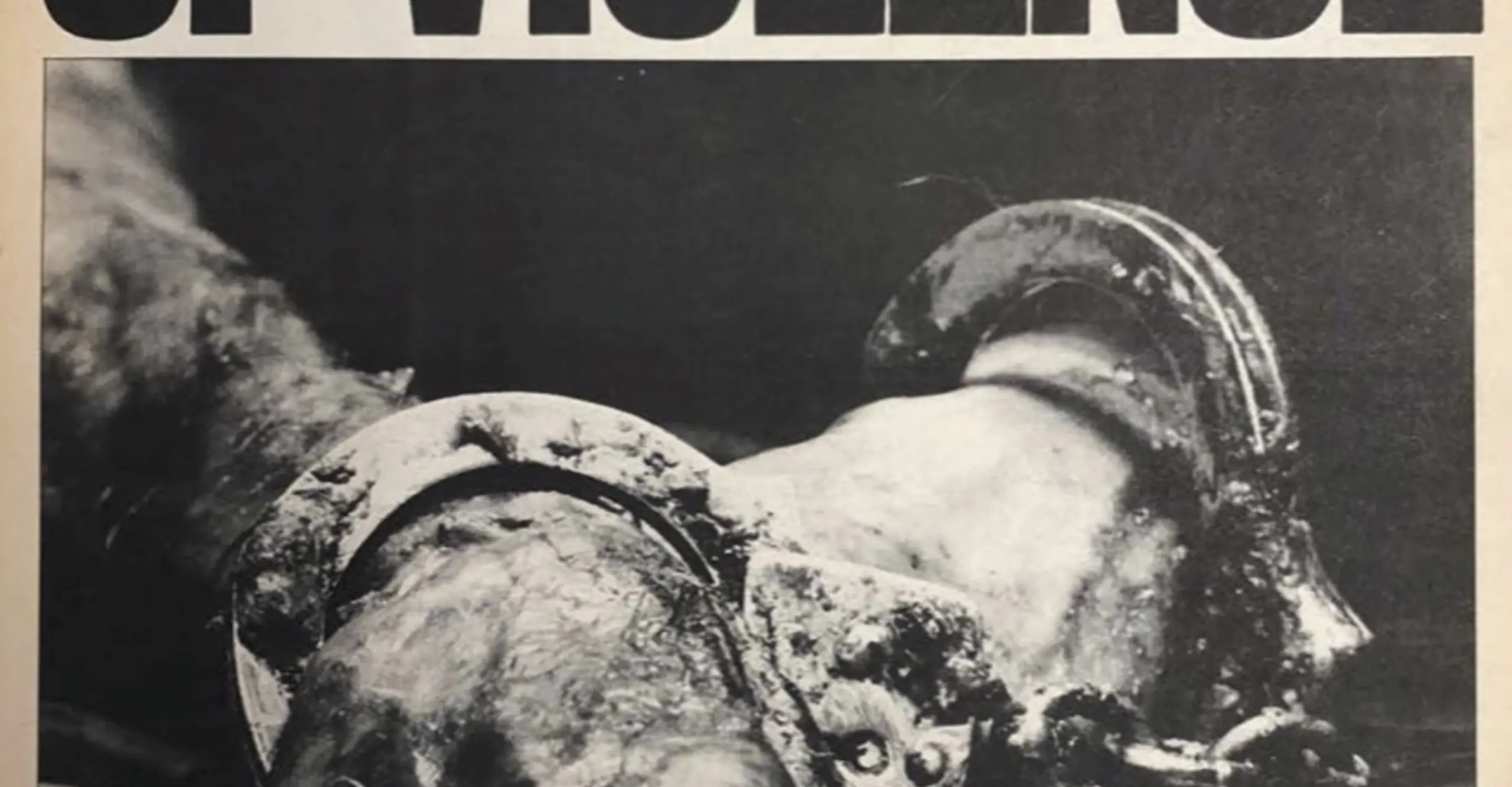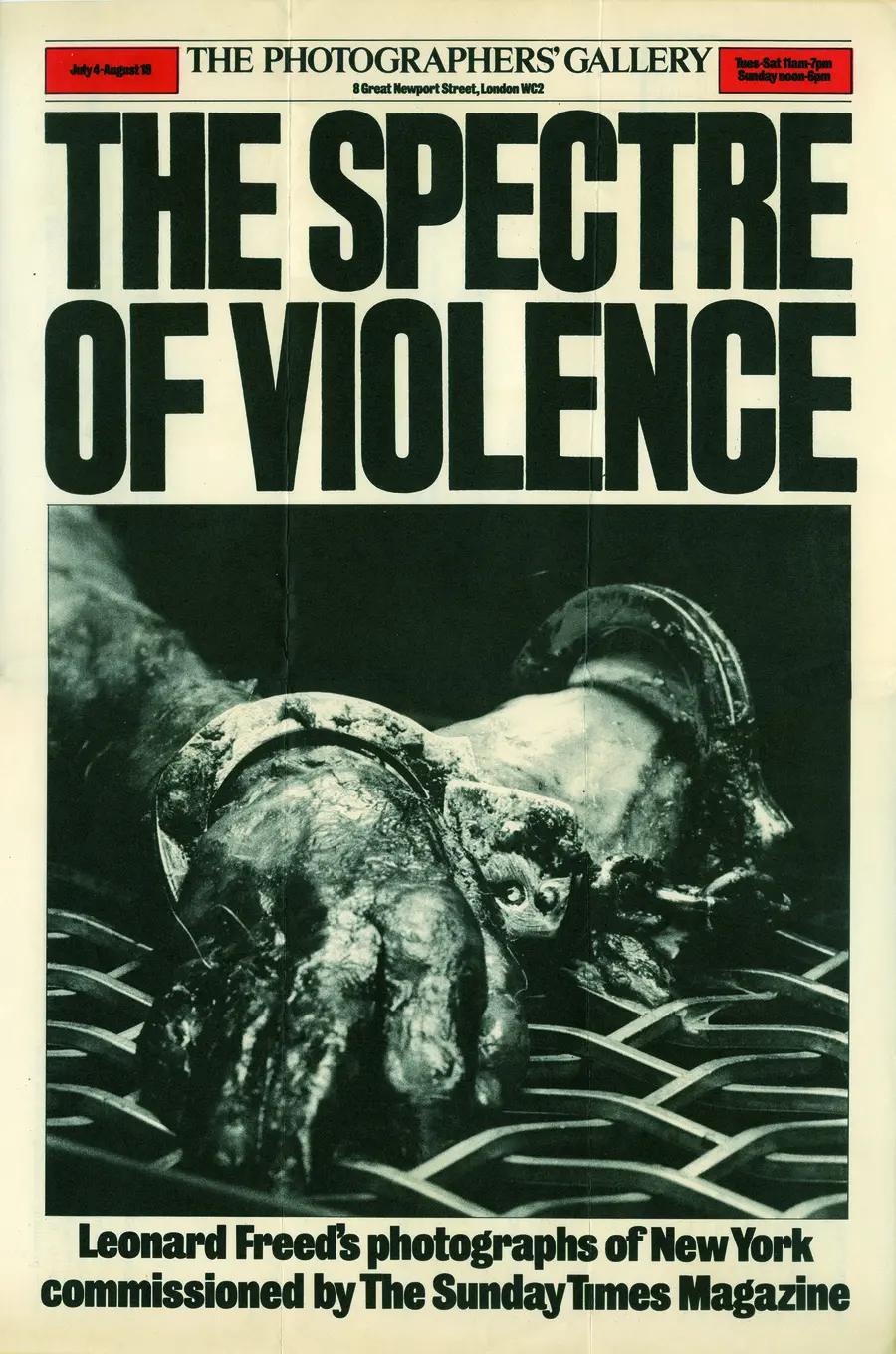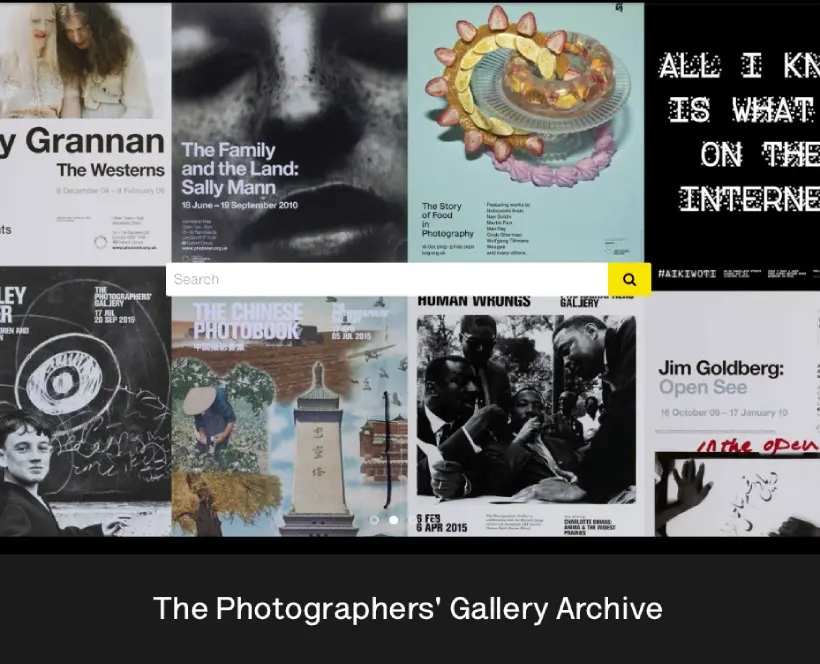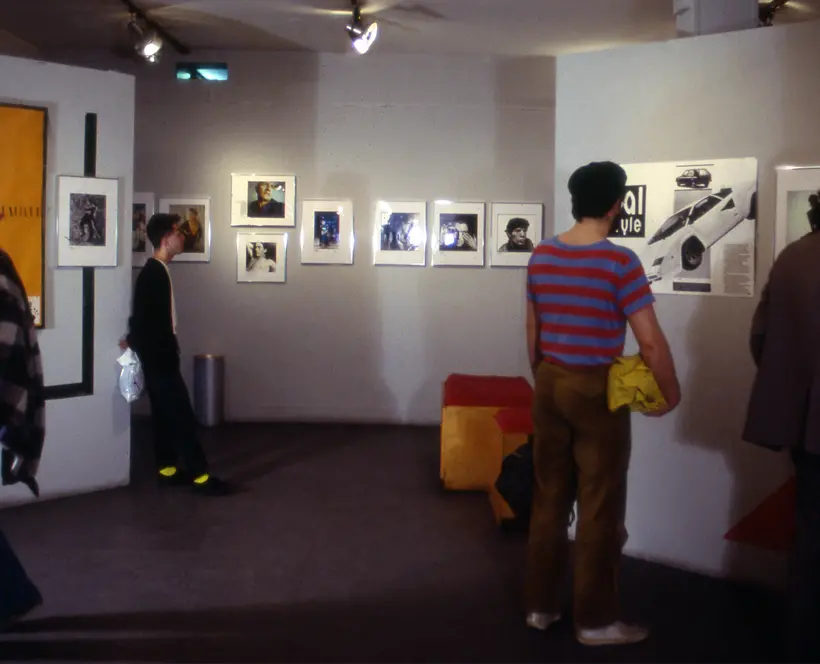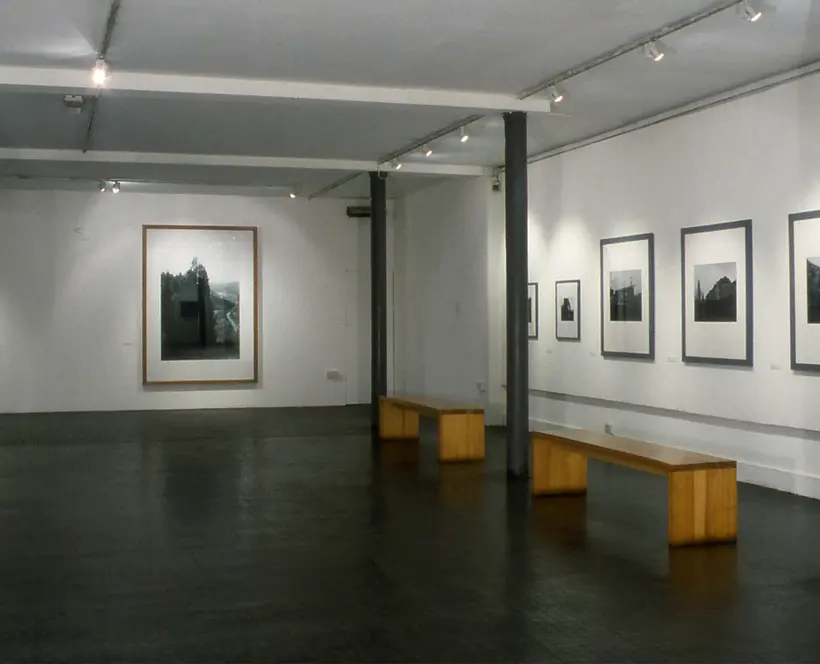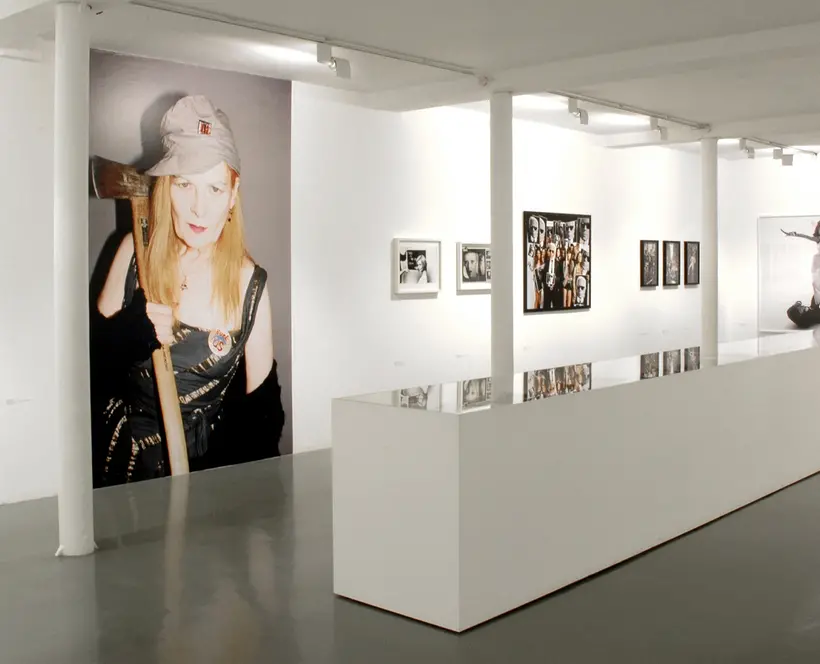4 July - 18 August 1973
When Leonard Freed's New York pictures were first published in The Sunday Times Magazine, they were greeted with outrage. New Yorkers themselves protested that they were an unwarranted slur on their city. Others complained that they had been exposed to visual assault and battery.
Most of this hostility was directed at the editors of the Magazine for commissioning the pictures and running them so large and at such length. But a small part at least was reserved for the photographer himself. He was judged by some to have carried out a crude hatchet job which anyone with a camera and a certain amount of nerve could have done as well. Nobody familiar with Leonard Freed's sensitivity and dedicated approach to his work could possibly share that view. But more than this it betrays a basic misunderstanding of the photographer's art.
There is a world of difference between, say, a police photographer's record of a corpse, and Freed's shot of a dead junkie, abandoned in the hallway of an anonymous apartment block. One records the observable facts of the case. The other says something more about the terrible and half-understood circumstances that lie behind it. When that picture is seen in the context of others that tell a similar story, stark, shocking and poignant, they amount to a passionate statement about the violence a city can breed. Neither the pictures, not the article which accompanied them, were intended to shock for the sake of shock. But they were meant to jolt those who saw them into understanding, however momentarily, that behind the endless statistics and grim prophecies of urban decay lies a story of daily suffering, which, as often as possible, we seek to shut out of our minds.
For some reason it is judged more acceptable to be harshly reminded of the horrors of war than to be disturbed by the ghettoes on our doorsteps. The longer we postpone confrontation of these problems the more we need the uncomfortable reminders of Leonard Freed.
Written in 1973 by Magnus Linklater
For further information on this and past exhibitions, visit our Archive and Study Room.
Amanda Hopkinson’s obituary on the artist here
